The Cool Factor in Sports
Image, Identity, and Pressure
In the world of sports, the concept of “cool” often goes hand in hand with athletic prowess. From iconic athletes to emerging stars, the idea of looking cool plays a significant role in shaping their public image and identity. But why is the idea of looking cool such a factor in sports? Do athletes become cool due to societal pressure, or is it an inherent part of their persona? In this post, we will explore the psychology behind the cool factor in sports and the dynamics that influence athletes‘ image and behavior.
The Psychology of Cool
The notion of coolness is a complex and multifaceted concept that encompasses a range of attributes, including confidence, charisma, authenticity, and style. In the context of sports, coolness can be seen as an extension of an athlete’s persona, both on and off the field. Athletes who are perceived as cool often exude a sense of effortless confidence and composure, which can enhance their appeal to fans and sponsors.
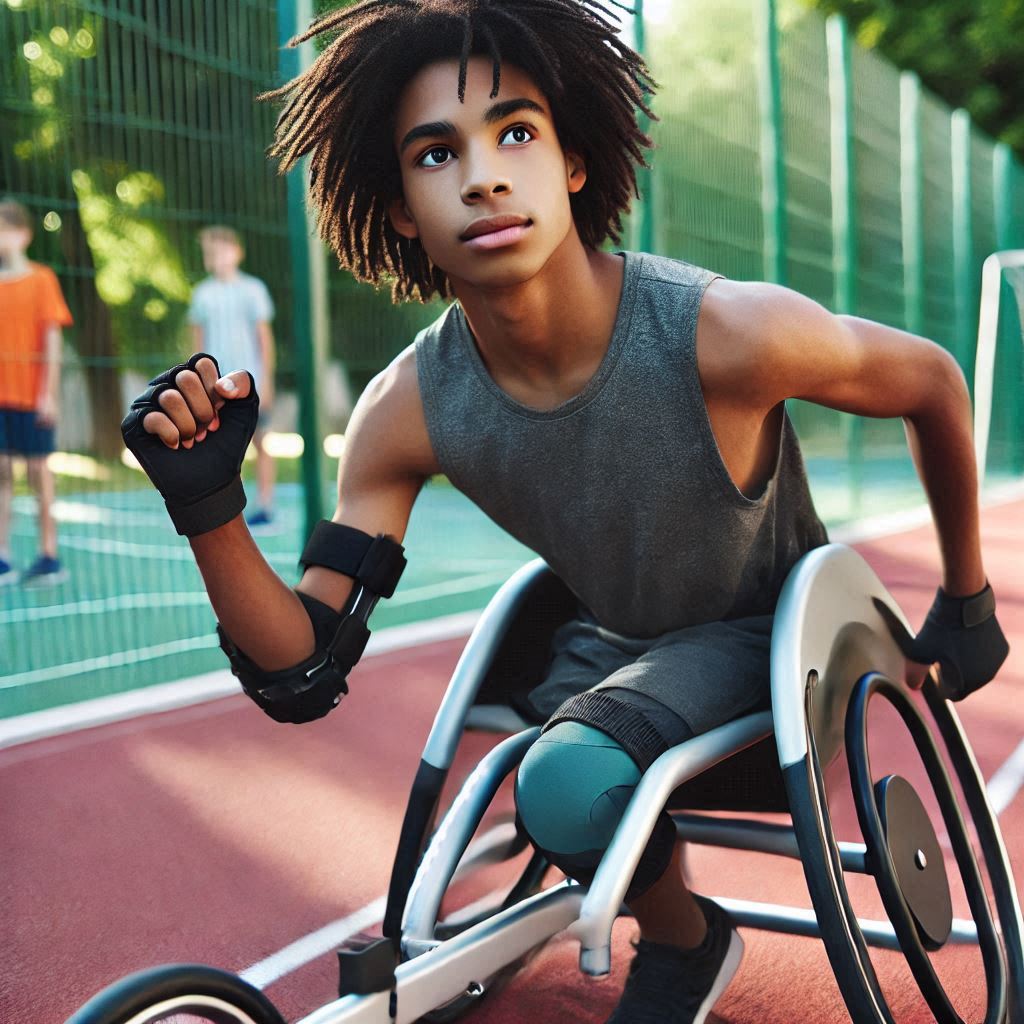
Role Models and Influence
Athletes are often seen as role models and influencers, both for their athletic abilities and their personal qualities. The cool factor can enhance an athlete’s influence, making them more relatable and aspirational to fans. This influence can extend beyond sports, shaping trends in fashion, music, and popular culture.
The Impact of Media and Marketing
Media and marketing play a crucial role in shaping the image of athletes. From promotional campaigns to social media presence, the portrayal of athletes in the media can influence public perception and define what it means to be cool in sports. Marketing strategies often emphasize an athlete’s cool factor to attract fans and generate revenue through endorsements and merchandise sales.
Pressure to Maintain Image
The pressure to maintain a cool image can be significant for athletes. The expectations placed on them by fans, sponsors, and the media can create a constant need to project a certain persona. This pressure can be both motivating and challenging, as athletes navigate the fine line between authenticity and public image.
The Role of Authenticity
Authenticity is a key component of coolness. Athletes who are genuinely themselves, both in their behavior and interactions, are often perceived as more relatable and admirable. Authenticity can help athletes build a strong and loyal fan base, as fans appreciate the genuine qualities that set them apart from others.
Balancing Performance and Image
Athletes must balance their performance on the field with their image off the field. While their primary focus is on their sport, their image can influence opportunities and success in their careers. Striking this balance requires careful consideration and effort, as both aspects are intertwined in shaping an athlete’s overall persona.
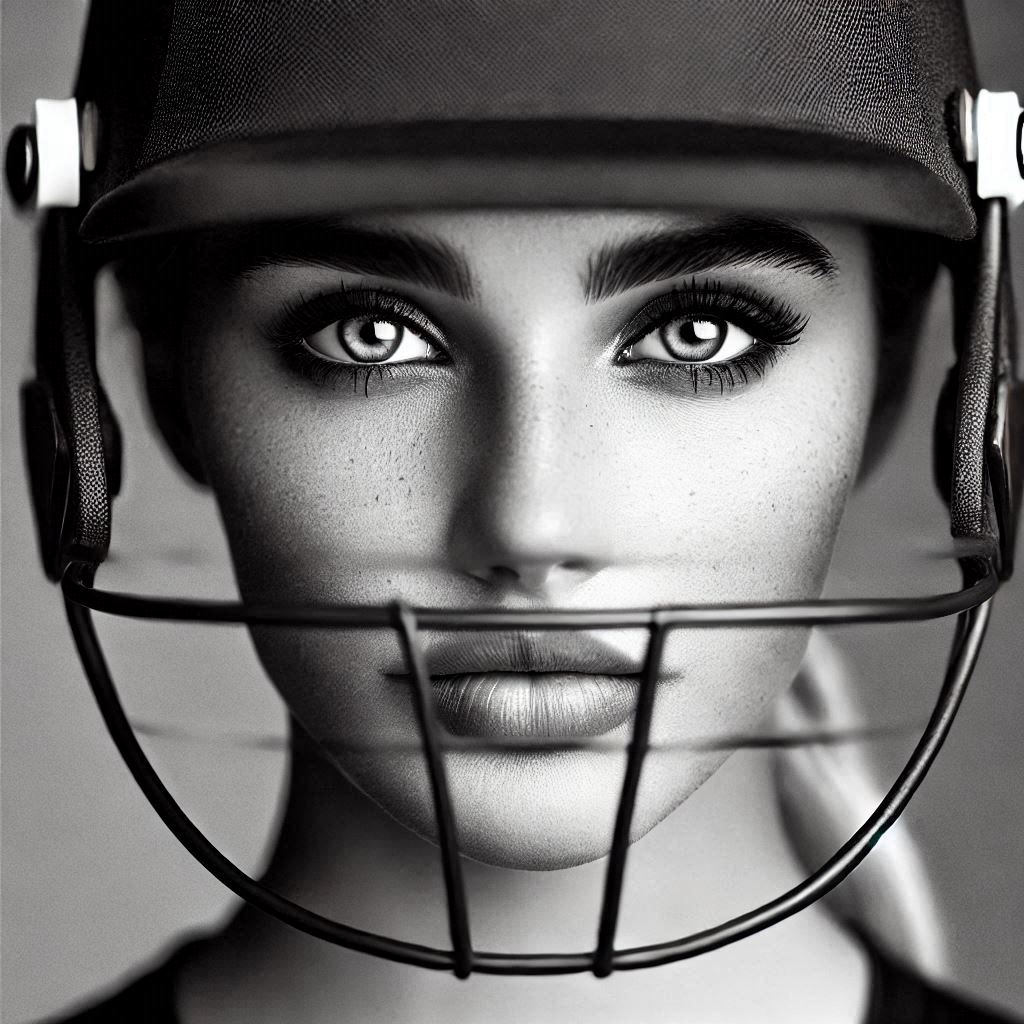
Society
Cultural and Societal Norms
Cultural and societal norms play a role in defining what is considered cool in sports. Different sports and regions may have varying standards of coolness, influenced by cultural values, traditions, and preferences. Understanding these norms can help athletes navigate their image and connect with diverse audiences.
Impact of Social Media
Social media has amplified the importance of image and coolness in sports. Athletes can share glimpses of their lives, interact with fans, and build their personal brand through social media platforms. This direct connection with fans can enhance their cool factor, but it also comes with the pressure to maintain a positive and engaging online presence.
Evolving Definition of Cool
The definition of cool is constantly evolving, influenced by changes in society, culture, and technology. Athletes must adapt to these changes while staying true to themselves. This adaptability and resilience can contribute to their lasting appeal and success in the ever-changing world of sports.
Fashion and Style in Sports
Fashion and style are integral to the cool factor in sports. Athletes often set trends and influence fashion with their unique sense of style. From on-court attire to off-court fashion statements, the way athletes dress and present themselves contributes to their cool image. Fashion collaborations and endorsements further solidify their status as style icons.

The Psychology
The Role of Team Dynamics
Team dynamics also play a role in the perception of coolness. The chemistry and camaraderie between teammates can enhance an athlete’s image, as fans appreciate the sense of unity and support. Positive team dynamics can contribute to a more relaxed and confident persona, reinforcing the cool factor.
Psychological Benefits of Coolness
Being perceived as cool can have psychological benefits for athletes. It can boost their self-esteem, confidence, and overall well-being. The positive feedback from fans and peers can create a reinforcing cycle, where athletes feel motivated to maintain their cool image, leading to better performance and personal growth.
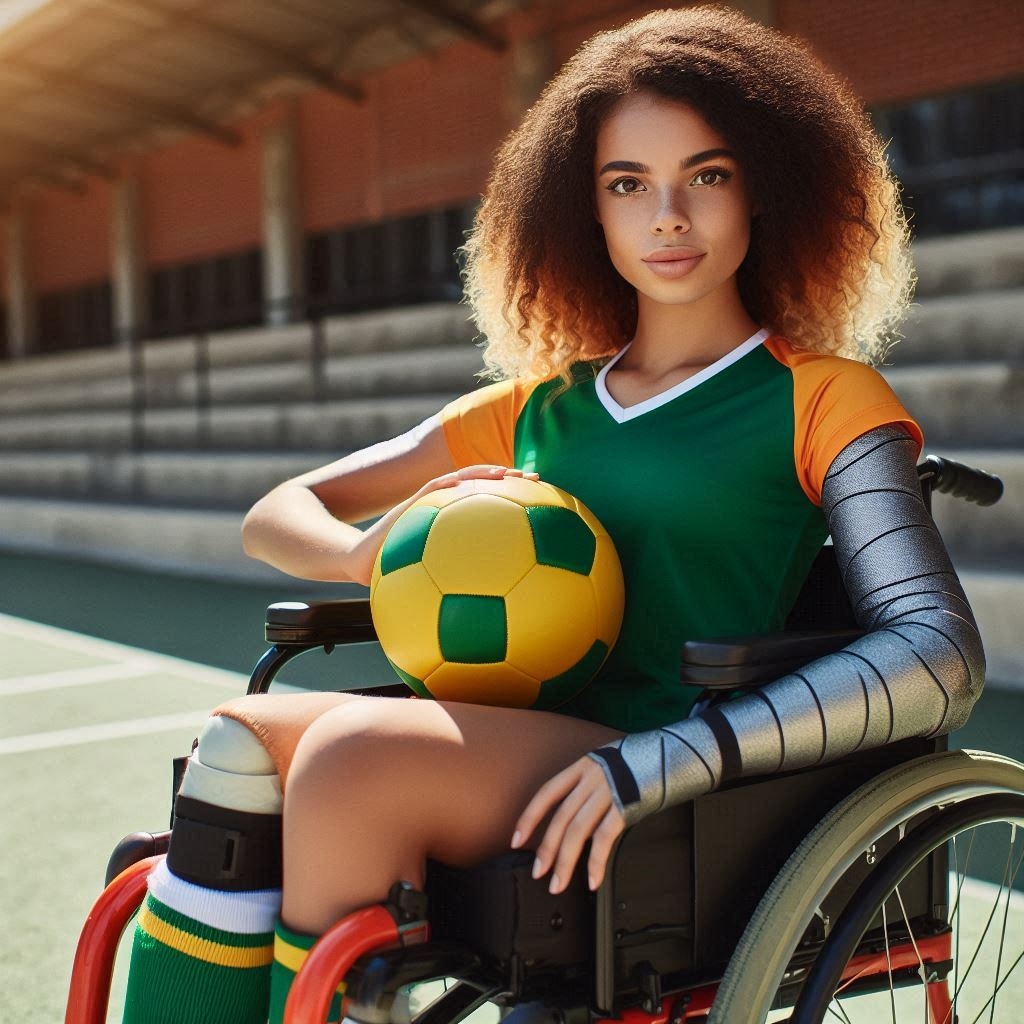
Conclusion
The idea of looking cool in sports is a dynamic and multifaceted concept shaped by psychology, media, societal norms, and individual authenticity. While some athletes may feel the pressure to maintain a cool image, others naturally embody the qualities that make them relatable and aspirational. Understanding the factors that contribute to the cool factor in sports helps us appreciate the complexity and depth of athletes’ identities and the impact they have on fans and popular culture.
Join the Discussion
The cool factor in sports is a fascinating topic that influences how we perceive and connect with athletes. What qualities do you think make an athlete cool? Do you believe athletes feel pressured to maintain a certain image?
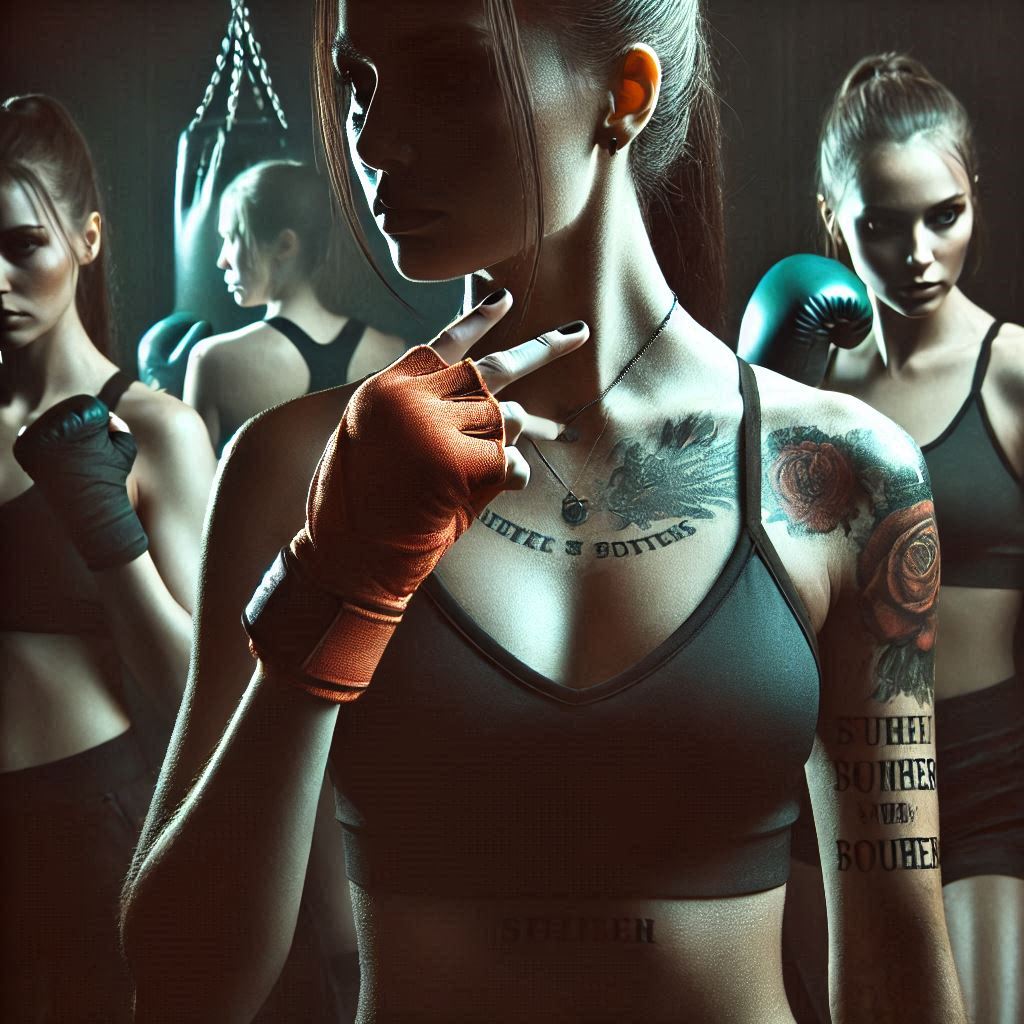

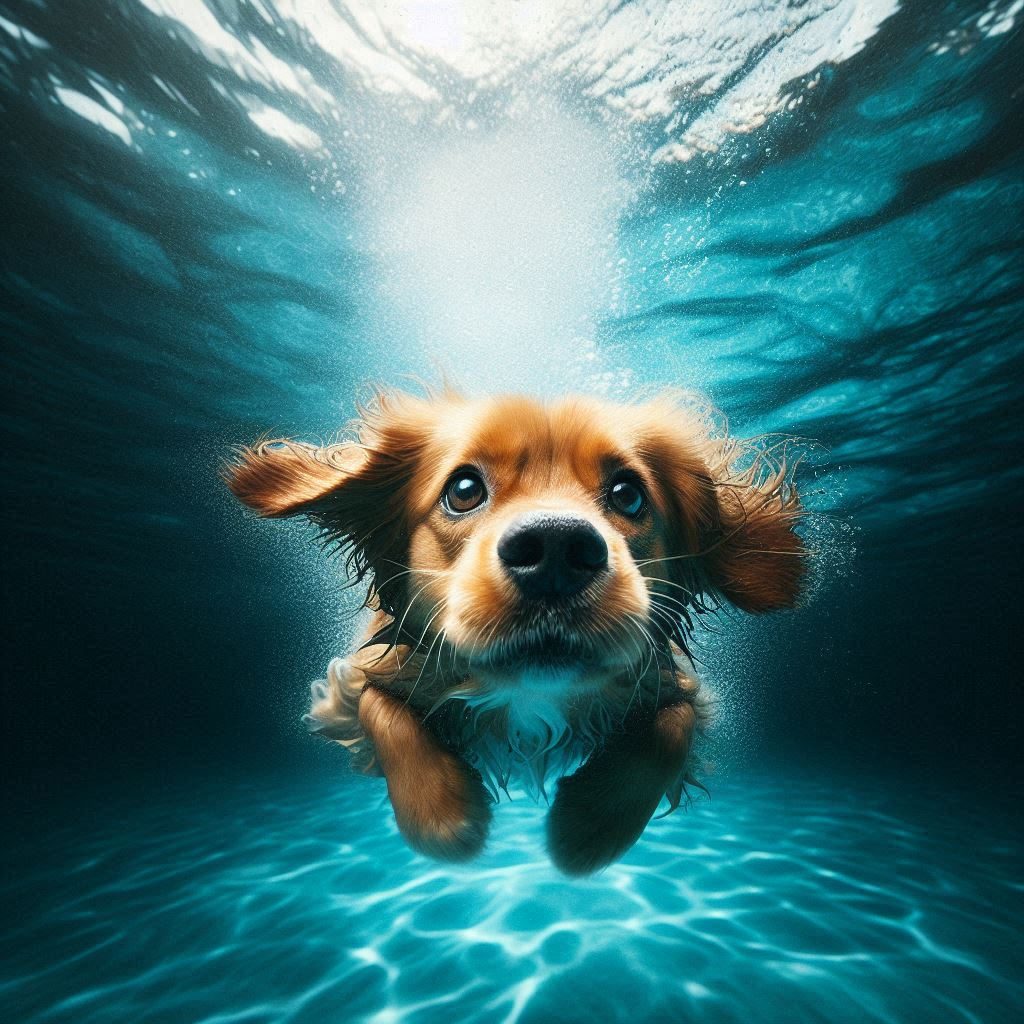
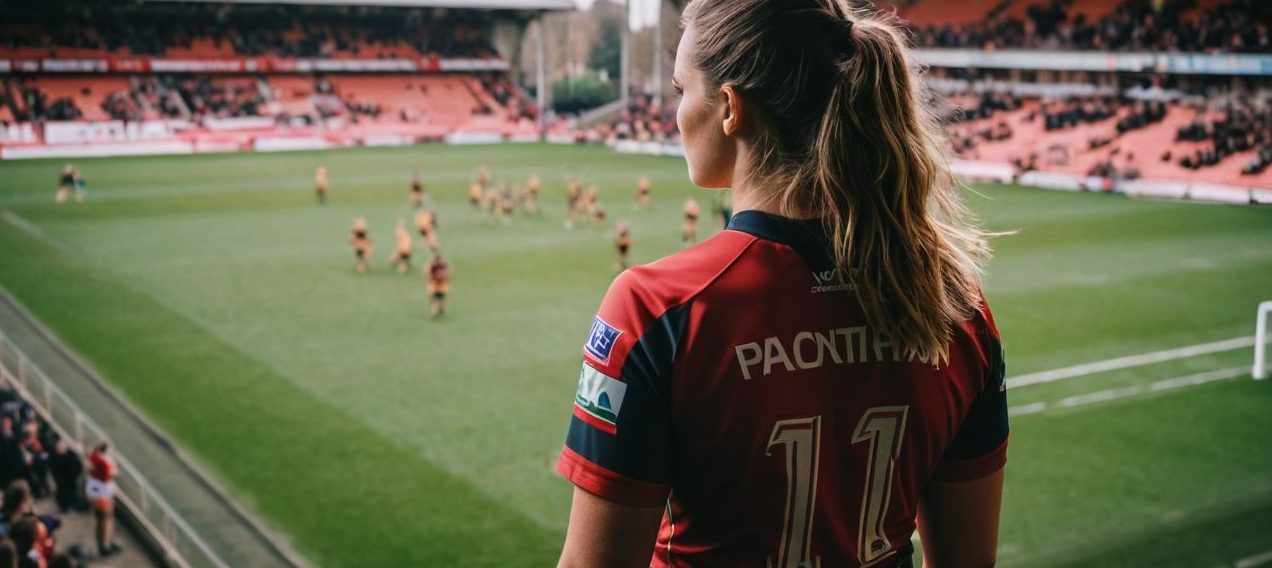
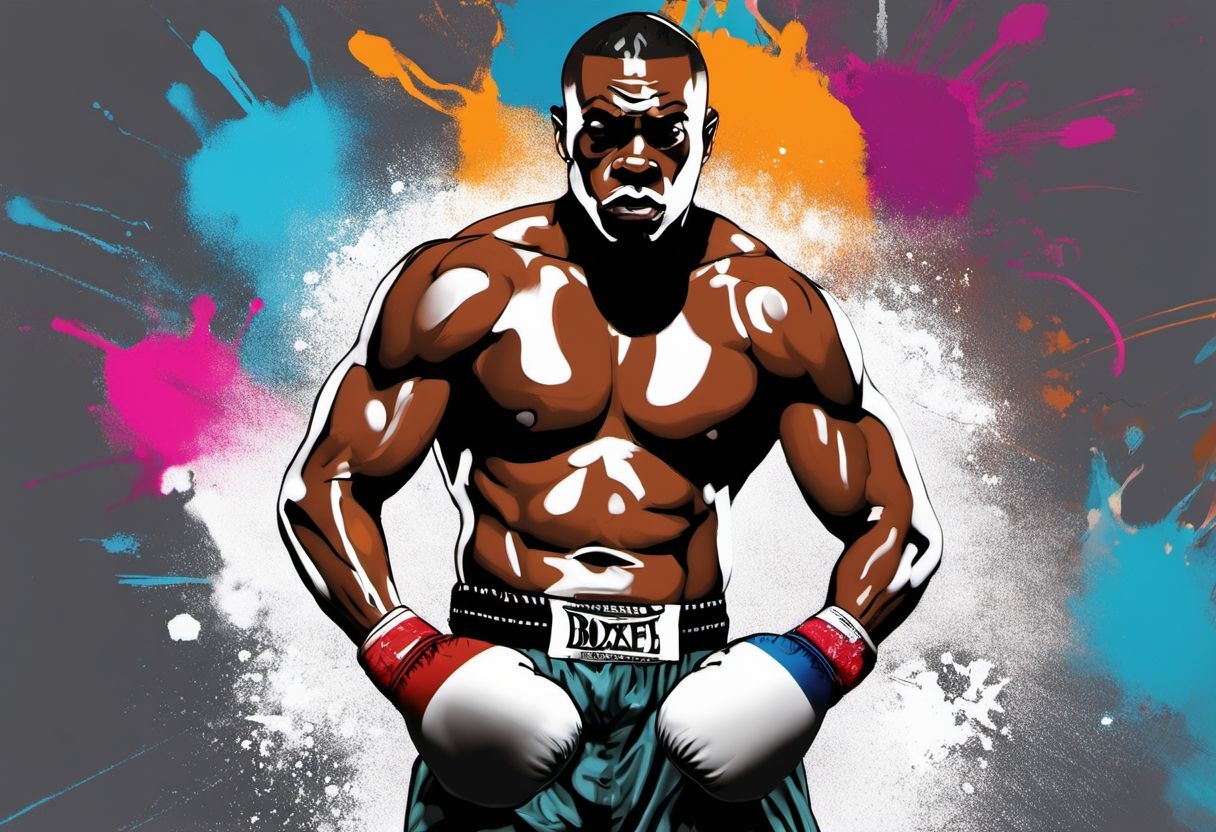
This really answered my problem, thank you!
I?¦ll right away seize your rss as I can’t in finding your e-mail subscription link or e-newsletter service. Do you’ve any? Please permit me recognize so that I may just subscribe. Thanks.
I like this post, enjoyed this one thanks for putting up.
Today, I went to the beachfront with my kids. I found a sea shell and gave it to my 4 year old daughter and said “You can hear the ocean if you put this to your ear.” She placed the shell to her ear and screamed. There was a hermit crab inside and it pinched her ear. She never wants to go back! LoL I know this is completely off topic but I had to tell someone!
I just couldn’t depart your web site before suggesting that I extremely enjoyed the standard info a person provide for your visitors? Is gonna be back often in order to check up on new posts